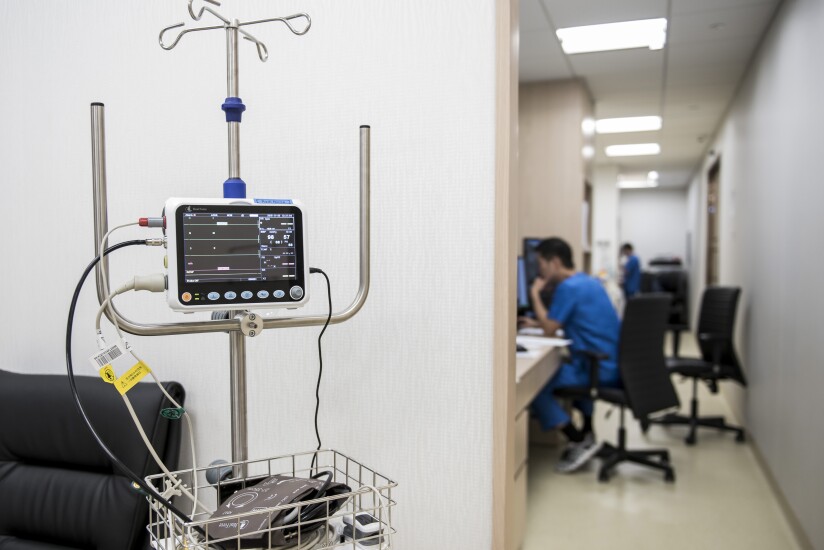8 biggest healthcare trends for employers to watch
January 10, 2019 12:48 PM









AI-driven faux-emotional chatbots pose existential questions about the future of human financial advisors.

Comparably ranked companies based on their total compensation packages, including salaries, raises, benefits and bonuses.
Focusing on company culture, employee development and alignment of values prepares people to overcome adversity.

A health and wellness expert shares why and how to disconnect from tech while on vacation.
EBN looks at some of our biggest wellness stories of 2024, and how they can help benefit leaders tackle 2025.
Gen Z workers tend to prioritize mental health support and flexible work arrangements more than previous generations.